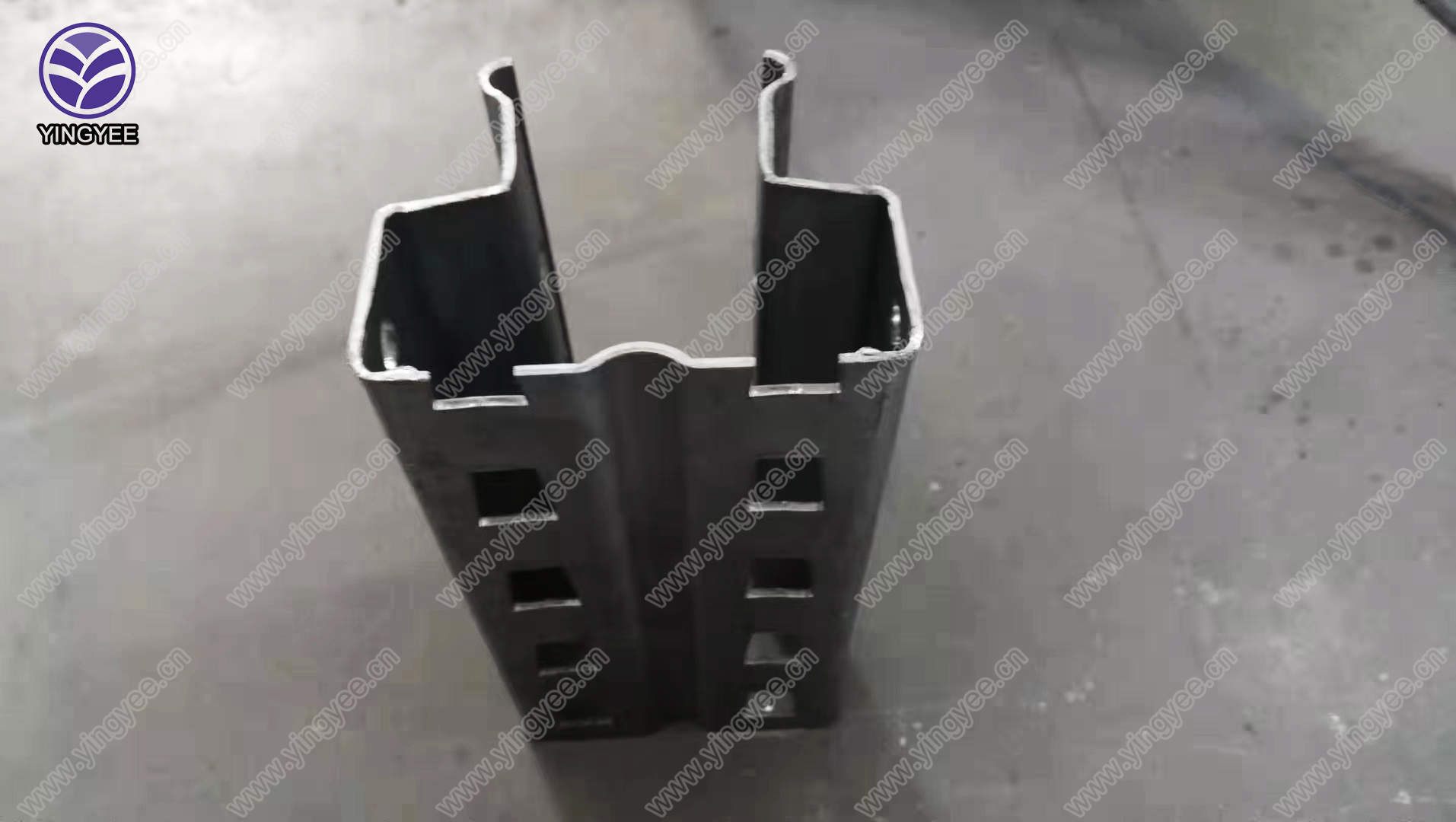
Understanding AASHTO Guardrail Cold Bending Machines
The American Association of State Highway and Transportation Officials (AASHTO) plays a pivotal role in establishing guidelines and standards for the construction and maintenance of roads, highways, and related structures across the United States. Among the many elements that contribute to road safety, guardrails are essential. They serve to protect vehicles from potential hazards, such as slopes, embankments, and roadside obstacles. The efficient manufacturing and installation of guardrails are crucial to their effectiveness, and cold bending machines play a significant role in this process.
What is a Cold Bending Machine?
A cold bending machine is a specialized piece of equipment used to shape metal without heating it. This method is beneficial because working with metal in its cold state retains its strength and integrity, allowing for precise bends and shapes needed to fabricate guardrails according to the stringent AASHTO specifications. Through the cold bending process, manufacturers can produce guardrails that meet or exceed the necessary standards for strength, durability, and safety.
The Importance of AASHTO Standards
AASHTO standards evolve based on extensive research, field performance data, and advancements in technology. These guidelines help manufacturers create guardrails that perform well under various conditions, ensuring they are effective in mitigating accidents. The standards take into account factors such as the material properties, potential impact forces, and long-term durability in diverse environmental conditions. As a result, the cold bending process utilized in manufacturing guardrails must align with these standards to guarantee safety on highways.
The Process of Cold Bending
Cold bending is a highly controlled process. The raw material, usually steel in the form of flat sheets or coils, is carefully fed into the bending machine. The machine employs a series of rollers and dies to shape the metal into the desired curvature. This process allows for the creation of both simple and complex guardrail shapes, ensuring they fit the varied designs of modern roads.

One of the key advantages of cold bending is the reduction in material wastage. Traditional hot bending methods often require additional processing or the use of larger metal sections, leading to increased waste. Cold bending machines, on the other hand, maximize the use of raw material, making it a more environmentally friendly and cost-effective option for manufacturers.
Benefits of Cold Bending Machines
1. Precision and Consistency Cold bending machines offer high precision in shaping metal, ensuring that each piece of guardrail meets size and curvature specifications. Consistency in production reduces variation and enhances the overall quality of the final product.
2. Cost-Effectiveness By minimizing material waste and shortening production cycles, cold bending machines can significantly reduce manufacturing costs. The ability to quickly adjust to different designs without extensive retooling also contributes to greater operational efficiency.
3. Strength and Durability Since the metal is not heated during the bending process, it retains its inherent strength, creating guardrails that are robust and capable of withstanding impact forces. This durability is essential for maintaining safety standards on busy highways.
4. Flexibility in Design Modern cold bending machines allow manufacturers to produce a wide range of guardrail designs tailored to specific needs. This flexibility helps accommodate various road conditions and safety requirements.
Conclusion
In summary, AASHTO guardrail cold bending machines play a critical role in the production of effective and reliable highway guardrails. By adhering to AASHTO standards, manufacturers ensure that their products provide the necessary protection for road users. The advantages of cold bending, including precision, cost-effectiveness, durability, and design flexibility, make it an essential process in the fabricating of guardrails. As road safety continues to be a priority for transportation authorities, the importance of advanced manufacturing techniques like cold bending will only grow, contributing to safer, more reliable roadways across the nation.